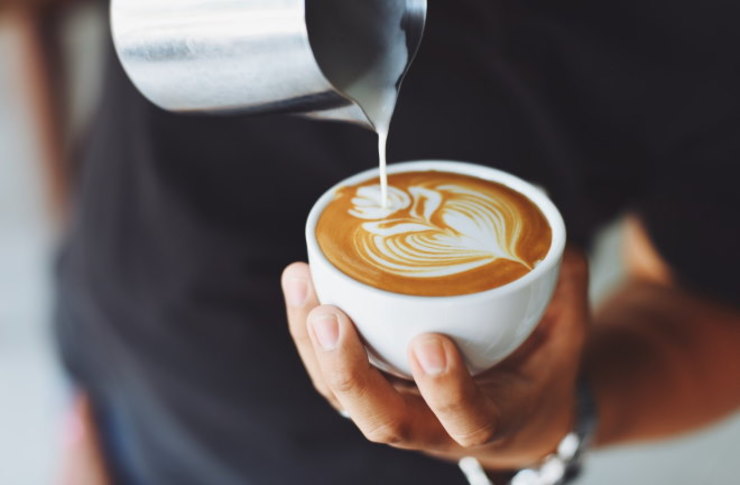Measuring success: objective drills for improving pour accuracy
Improving pour accuracy is a measurable process when you separate perception from objective outcomes. This article outlines drills and assessment methods that focus on espresso extraction, milk quality, and controlled motion rather than subjective judgment. The aim is to give baristas practical exercises that produce repeatable improvements in pattern, texture, and presentation.

Improving pour accuracy begins with measurable targets rather than vague goals. Set consistent variables—dose, tamp, extraction time, pitcher temperature—so each attempt isolates pouring as the skill under test. Use clear visual markers on cups and timed sessions to track changes. That disciplined approach turns practice into data: you can compare symmetry, pattern definition, and texture across repeated pours and identify which adjustments yield the most consistent results.
How does espresso affect pattern and texture?
Espresso forms the canvas for any latte art pattern, so consistent extraction matters for contrast and texture. Crema thickness and color influence how milk integrates and reveals freepouring shapes. When espresso parameters vary, the same pour can look different; control dose, grind, and extraction time during drills so the crema behaves predictably. Record visual outcomes and take notes on how subtle changes to extraction influence the final aesthetics and perceived texture.
What milksteaming and microfoam qualities matter?
Microfoam is essential to reliable pouring. Aim for a glossy, paint-like microfoam with tiny, uniform bubbles and a velvety mouthfeel. During milksteaming drills, focus on pitcher angle, steam wand depth, and stretching time to reproduce consistent surface tension. Measure success by how the milk sits on the espresso and how well it supports defined edges in patterns. Keep a simple checklist—temperature, whirlpool, bubble size—to track improvements across sessions.
How to improve freepouring and pouring control?
Freepouring drills should isolate hand motion and flow rate. Practice pouring into marked targets in cups, varying height and tilt to observe how flow affects pattern shape. Use timed repetitions—30 pours per session, for example—tracking which combinations of speed and height produce the intended pattern. Video-recording pours at slow motion can reveal micro-adjustments in wrist and elbow that lead to steadier lines and cleaner pattern formation.
How can symmetry and pattern consistency be measured?
Symmetry is a straightforward objective metric: trace the axis of a pattern and compare both sides for area and edge consistency. Use simple overlays or photography to compare successive pours. For pattern consistency, count repeatable features (e.g., number of hearts or leaves within tolerance) across trials. Quantify imperfections—off-center stems, uneven lobes—and log the frequency of each issue to prioritize drills that address the most common errors.
Can etching refine aesthetics without hiding flaws?
Etching is a finishing skill that can enhance aesthetics but should not replace core pouring accuracy. Use etching drills to practice line weight and pressure on well-formed pours, focusing on clean, deliberate strokes that complement existing patterns. Track whether etching improves perceived aesthetics without masking asymmetry or textural problems; if etching consistently conceals deficiencies, double down on microfoam and pouring drills instead of relying on corrective decorations.
How should practice sessions be structured for barista skill?
Design practice blocks with measurable goals: warm-up pours, targeted drills (height control, pitcher grip, microfoam quality), and assessment rounds where you only change one variable. Keep a logbook with photos and short notes on temperature, pitcher size, and pour timing. Rotate through focused drills daily—one day microfoam, another day symmetry drills—so improvements are incremental and trackable. Consistent, objective evaluation accelerates reliable skill gains.
Conclusion Objective drills convert subjective taste and aesthetics into reproducible progress by isolating variables and measuring outcomes. Focus on espresso stability, repeatable microfoam, deliberate freepouring mechanics, and measured assessments of symmetry and pattern. Over time, documented practice and targeted corrections yield more accurate pours and clearer, more consistent latte art results.






